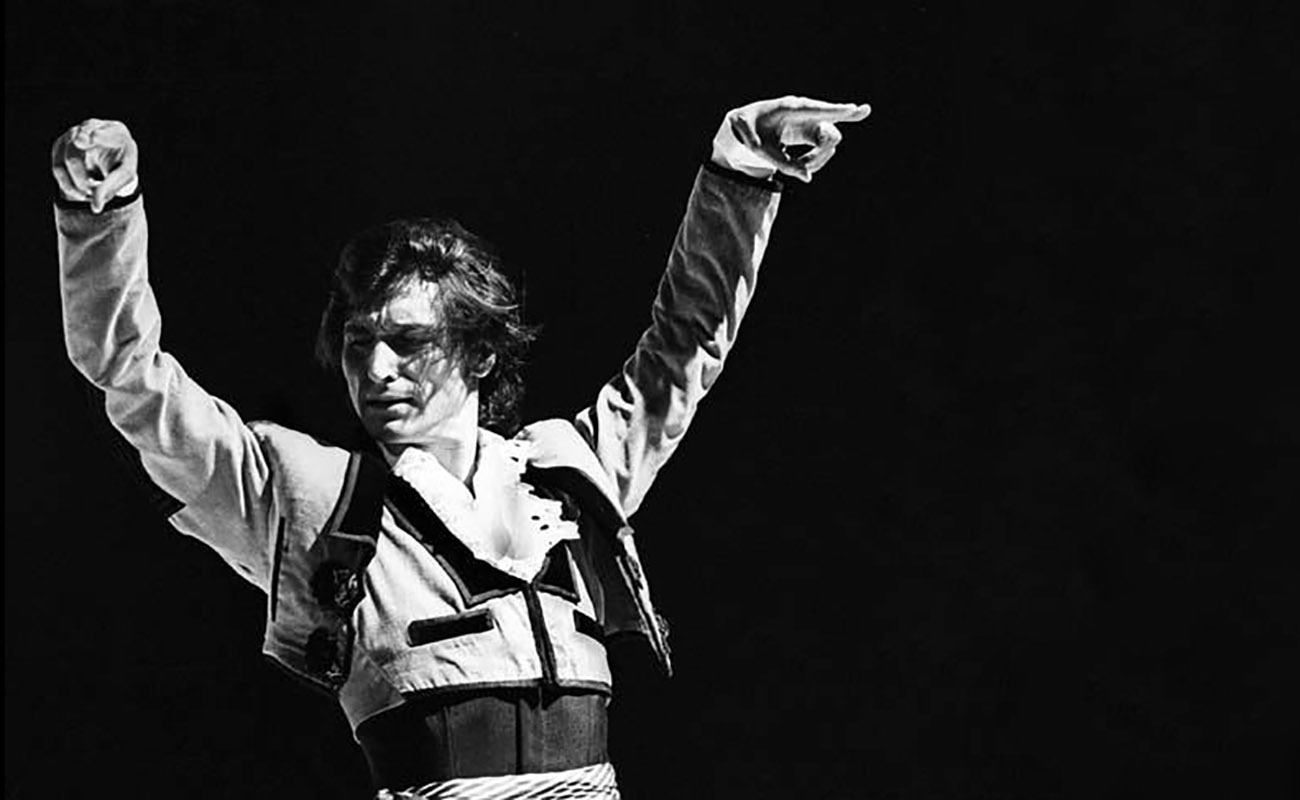Unintended consequences: how contemporary guitar accompaniment is changing the face of flamenco
This seemingly arcane topic is one which is altering flamenco at its roots in these times when “purity” is either ridiculed or promoted, depending on one’s personal taste.

Towards the end of his life, the great (and underestimated) Granada guitarist, Juan Maya “Marote” (1936-2002) complained in private conversations that he was unable to play adequately for young singers because of how traditional forms he’d accompanied all his life had been altered. He said that on newer recordings or in performance you sometimes have the feeling the guitarist is leading the singer around by the nose, or the voice is a mere backup instrument. This in turn is changing the landscape of flamenco singing, not necessarily a bad thing, but not to be taken lightly either.
Each chord fingering yields a specific sound or color, but this should not influence the singer’s melodic intent. Changing the position (any given chord has a variety of fingering options that are physically viable) does not normally matter except in the feeling or ambience created Consider the change in color when siguiriyas is played in E (por arriba), and some know-it-all is always around to say that’s serranas. This said, alternative positions may not always work well and can make your singer unhappy if his or her ear is accustomed to a specific tonal color.
A singer will usually stick to his/her musical guns, but novel chording may suggest vocal alternatives, the negative upshot being, once a song-form is altered in certain ways, the novel chording becomes obligatory, which was Marote’s dilemma. It could be argued that this is a normal process of evolution, but not everyone will agree.
The new generation of guitarists has followed the path opened by Paco and discovered a universe of possibilities. There has been a certain loss of interest in cante which used to lead, but now tends to follow. Some shows announced as flamenco in recent years have used little or no cante, and once you’ve crossed over to the path of guitar without cante, it’s hard to go back. At best, young guitarists profess admiration for pre-Paco guitarists and singers, but don’t ask them to play like that if they’re into the advanced harmonies Paco brought to the table. Contemporary harmony and associated “jazz chords” can be at odds with flamenco. We have maestro Manuel Morao on record in an interview as saying he was unable to understand the language today’s guitarists use, and that it sounded like Chinese to him.
The guitar is an amazingly versatile instrument. Within a very small space (six strings and up to 6 viable frets or positions), a many layered expressive range is created. It may be a constant that simpler musical accompaniment gives greater freedom to the singer. How many chords are necessary to accompany siguiriyas? Being a modal form, you can get by with two or three if need be. How many are necessary to accompany fandangos? I’d say at least 6. Yet, in general terms, siguiriya affords greater expressive possibilities than the fandango branch of flamenco singing. This could suggest that greater musical complexity may be susceptible to yielding “elevator music”, the sterile rendition of melodies stripped of angst to provide ambience on a superficial level.






